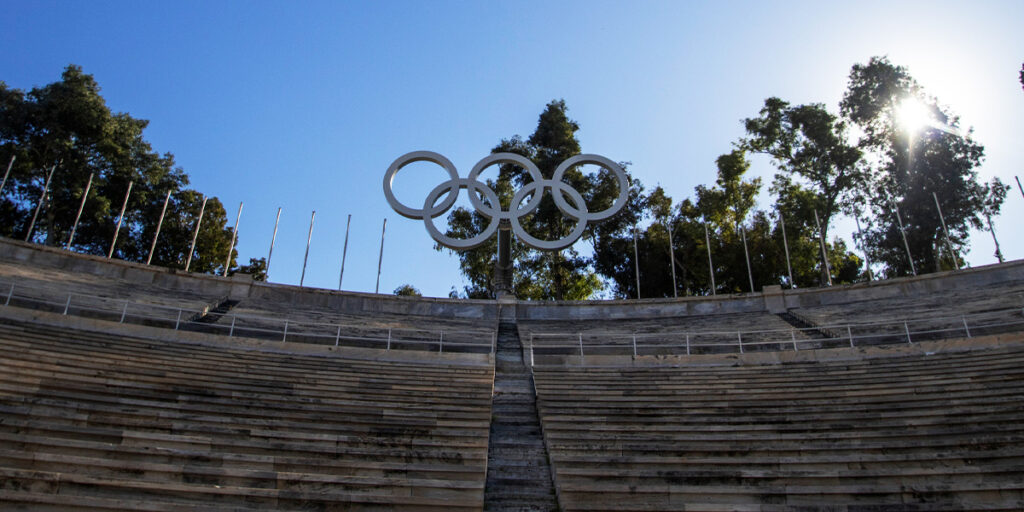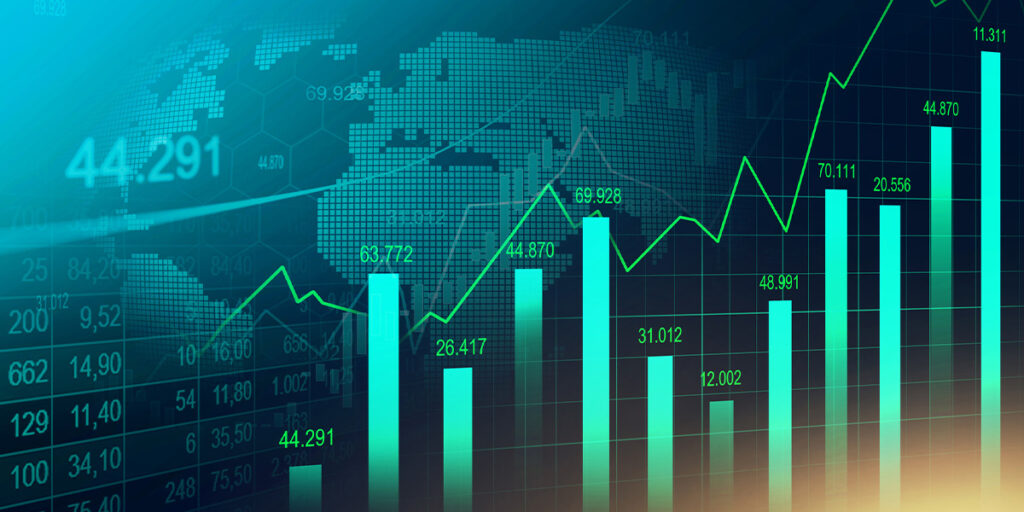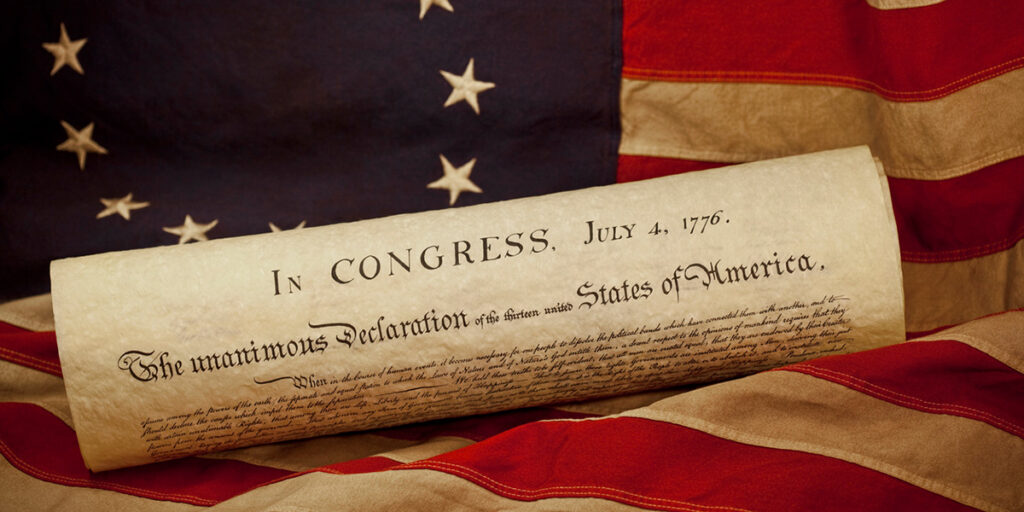The American Consumer continues to buy, despite the viral outbreak which has pressured the Economy for months. That is so important, as consumer spending accounts for 70% of economic activity.
Consumer spending relies a whole lot on psychology. People have to be comfortable with their present to spend on their future. This is particularly the case with big-ticket items. Positive sentiment right now seems to receive some support from the possibility of a vaccine by year-end. But the recent increase of the virus spread has forced some restrictions on activities in the US. It has become a major issue in Europe, with actual curfews in Paris and beyond.
2020 has been a tale of 2 types of retailers: Digital and Brick & Mortar. Physical store closures due to the virus have decimated mom & pop restaurants and stores that lacked a digital solution. It’s been crushing. But it’s been in the works for a while. The Amazon Effect completely disrupted the retail industry. Covid has simply accelerated the trend of buying online and home delivery.
Amazon held its annual Prime Day this week. This was its 6th year. Prime Day usually takes place in July but was pushed out this year due to the coronavirus. Amazon hyped its small business platform. This year marked the biggest days ever for small and medium-sized businesses on Amazon. There was a 60% increase in sales from last year. Amazon likely emphasized this aspect as it continues to be scrutinized for its monopolistic characteristics. The total household spend was lower this year though compared to last year. There were more people buying however.
According to a survey, nearly one-third of Prime Day buyers purchased holiday gifts this week. Only 25% of those buyers completed at least half of their holiday gift shopping with their Prime Day purchases. Amazon also sold a ton of gift cards this week. This sets up the American Black Friday shopping spree next month. 80% of Prime Day shoppers said they anticipate shopping on Black Friday. 88% of Prime Day shoppers anticipate shopping on Cyber Monday, while 90% say they will shop on Amazon again before the holidays. Amazon has established a loyal customer base and has to love this outlook.
Walmart has fought back against Amazon and has so successfully. It launched its own sale this week. The creation of the Big Save Sale campaign isn’t the first move Walmart made in an effort to assert its dominance in the online shopping world. In mid-September, the massive retailer launched Walmart Plus, which is a premium subscription service that costs $98 a year. It is Walmart’s answer to Amazon Prime. It offers unlimited delivery on orders over $35, discounts on gas, scan-and-go purchasing at physical stores and same-day grocery delivery. It has been reported that over 10% of the American population has signed up for Walmart Plus. That is an absolutely incredible statistic. And it happened quickly.
Black Friday is no longer a weekend, which kicks off the day after Thanksgiving. It’s become an online retail season. A Shopify survey suggests 77% of shoppers plan to spend the same or more on Black Friday weekend this year than last year. 57% are seeking out independent, locally owned businesses.
Walmart announced how it would spread out the savings in November with “Black Friday Deals for Days.” Instead of one sale that has traditionally started on Thanksgiving, there will be three different events online and in stores. Walmart will close its physical stores on Thanksgiving Day for the first time since the 1980s. Target and Best Buy are following suit.
This strategy has 2 objectives: Customer and associate safety while meeting customers where they are shopping, which is online. In a recent survey, 60.2% of consumers plan to shop in-store during the 2020 holiday shopping season compared to 87.4% in 2019. Keep in mind, E-commerce accounted for 14% of total retail sales last year. But sales online spiked 44% in Q2, in response to the virus. It has increased every year since its inception in the 1990s. It catapulted in 2020. The trend continues.
September retail sales increased 1.9%, beating expectations of 0.8%. This was also up from the August level of 0.6%. It was led by Motor vehicles and food, which was expected. Gasoline unexpectedly gained 1.5% as well. Retail sales, excluding autos and gasoline, of 1.5% widely beat expectations of 0.5%. That is 3X better than estimated. Clothing, sporting goods and department stores also saw a strong gain. But clothing sales were still just 87% of their January levels. Restaurant sales rose 2.1%, a steady improvement over the last five months but still only at 85% of January levels. Interestingly, online retailers posted a modest increase. Perhaps people were waiting for Amazon and Walmart’s sales. Grocery stores were flat, while electronics and appliances declined.
Amazon, Walmart and the Big Box stores are thriving in 2020. Mom & pop shops are not. The American Consumer is spending, and it keeps getting channeled, with increased size, online. Bigger has done better in 2020. That has certainly been the case with the Market.
Have a nice weekend. We’ll be back, dark and early on Monday.
Mike







